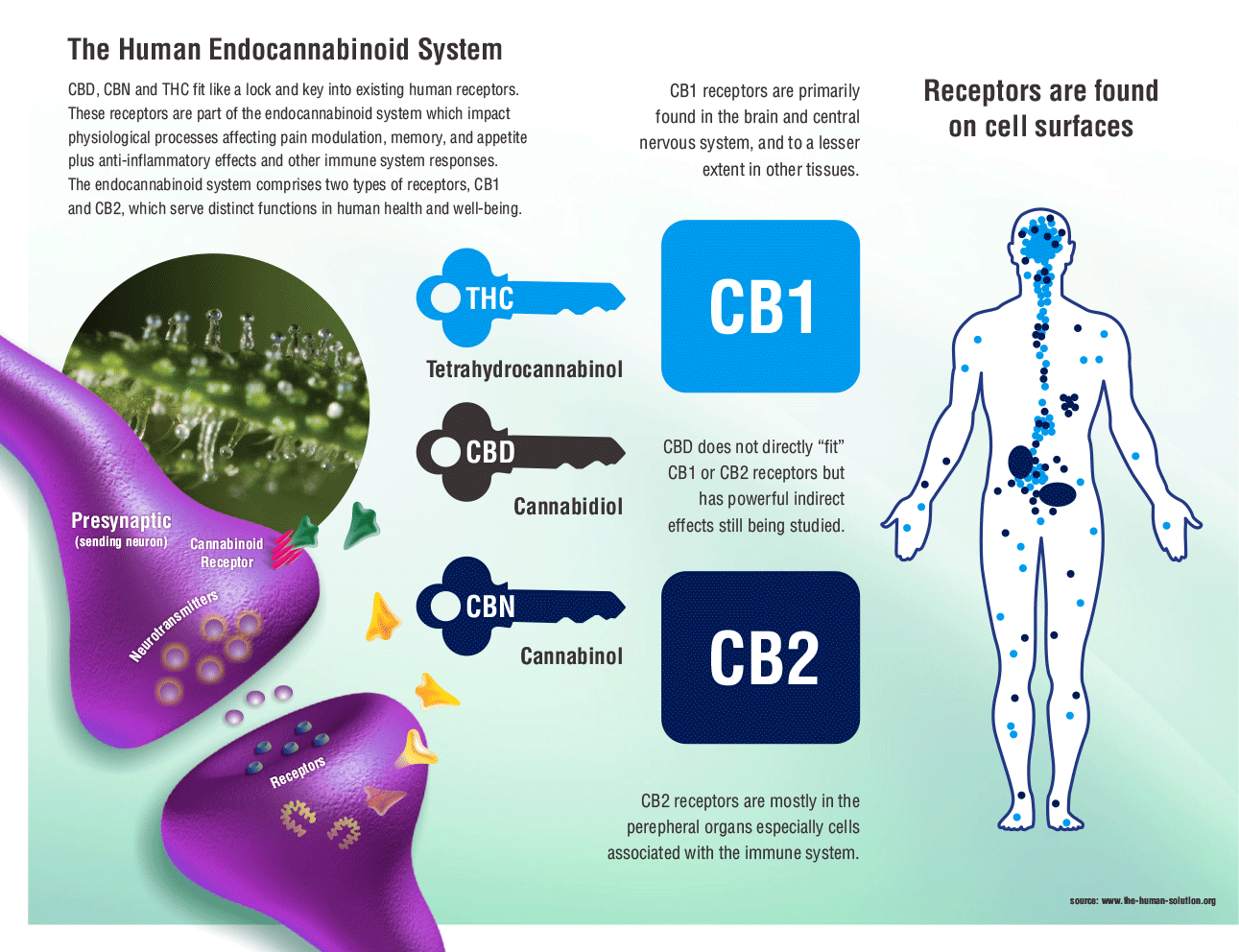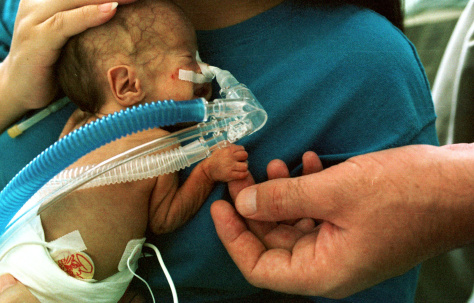October 17th, 2018 the personal use of marijuana became legal in Canada. With this change in status I felt it was appropriate to consider a couple things. First it would address an issue that affects almost all preterm infants and secondly finally acknowledge that with legalization of marijuana, the door has opened to acceptance perhaps of further medicinal uses for cannabinoids. Who knows where things will go from here…
Marijuana and babies have for the most part had a unfriendly past. Marijuana’s effect on the growing fetus has been a concern in past publications and women for years have been screened for it’s use along with other more illicit drugs. More recently a large study by Warshack found increased rates of NICU admission and infants who were SGA among users but did not reveal any other significant adverse outcomes with use. Those who have identified themselves as users have been subjected to being labelled as addicts & stoners among other names but with Canada on the verge of becoming a marijuana friendly country this is likely to change. Interestingly, caffeine, a drug that we are all familiar with though, has a similar story in that excessive quantities have been deemed harmful in pregnancy yet it is one of the most commonly used medications in the NICU due to its beneficial effects on apnea of prematurity.
It’s Only Natural
Now before people think I have come completely off the rails, I am not envisioning a future world of hazy smoke filled isolettes or NICUs for that matter. It is not the burning plant that may work its way into the NICU but rather the active class of drug; cannabinoids.  It turns out that we humans have actually been built to receive such molecules as evidenced by the presence of cannabinoid receptors in our tissues and in particular our brains. The presence of these substances is even important in birth. Jokisch et al compared cord blood levels of endocanabinoids between those infants delivered vaginally and those by c-section without labour. The infants born by vaginal birth had significantly higher levels of these substances in their blood demonstrating that they have a role to play in the transition to extrauterine life. These endogenously produced versions are called endocannabinoids. Furthermore breast milk contains such endocannabinoids which raises the questions of what these substances are doing there.
It turns out that we humans have actually been built to receive such molecules as evidenced by the presence of cannabinoid receptors in our tissues and in particular our brains. The presence of these substances is even important in birth. Jokisch et al compared cord blood levels of endocanabinoids between those infants delivered vaginally and those by c-section without labour. The infants born by vaginal birth had significantly higher levels of these substances in their blood demonstrating that they have a role to play in the transition to extrauterine life. These endogenously produced versions are called endocannabinoids. Furthermore breast milk contains such endocannabinoids which raises the questions of what these substances are doing there.
To answer this question an elegant study was performed in mice in which the CB1 receptor antagonist rimonabant was injected at different time points to block the effect of endocannabinoids. When given in the first 24 hours, “milk ingestion and subsequent growth was completely inhibited in most pups (75%–100%) and death followed within days after antagonist administration.” When examining the reason for poor milk ingestion it was an inability to suck that was the cause, rather than loss of appetite. Although speculative, I cannot help but wonder if the infant of a diabetic mother who demonstrates poor coordination of suck might well have altered expression of cannabinoid receptors or antagonism of the same.
What Benefits Could We See From Medicinal Use?
When it comes to life in the modern NICU it is the large number of patients in need of gavage feeding that keep our census numbers high. Whether they be the infants of diabetic mothers or survivors of extreme prematurity, many remain in hospital soley for poor feeding. We can treat their apnea with caffeine but for years I have questioned whether an appetite stimulant might offer hope to transition such children to the home. We are not in a position to start using cannabinoids in clinical practice yet as w have not had any trials that I am aware of outside of an animal model but I would suggest to you that this may be the next frontier.
For those that use marijuana or one of it’s other forms they will tell you there are many potential benefits and the same could be true for newborns. There is no question that THC can be sedating and calming so could there be a role as an alternative to narcotics and benzodiazepines? Additionally, animal models of hypoxic ischemic encephalopathy are revealing a protective effect of cannabinoids both in the short and long term. Much like erythropoietin and melatonin have emerged as adjunctive treatments to cooling, based on animal studies we may find cannabinoids trialed in human studies before long.
What Does The Future Hold In Store For Us
I have certainly talked about this on rounds before but have not had the confidence that such studies would pass through a local ethics board.  Now the winds have changed with the election of Mr. Trudeau Prime Minister and the perception of marijuana? As we become more comfortable with the benefits of cannabinoids I suspect we will see these substances come into play much like caffeine did oh so many years before. There is no question that when people say that marijuana is “natural’ they are right in a sense. The building blocks of THC are produced in our bodies and we have receptors anxiously awaiting stimulation by these substances. The time for medicinal use in the NICU will come sooner or later. Sound a little crazy?
Now the winds have changed with the election of Mr. Trudeau Prime Minister and the perception of marijuana? As we become more comfortable with the benefits of cannabinoids I suspect we will see these substances come into play much like caffeine did oh so many years before. There is no question that when people say that marijuana is “natural’ they are right in a sense. The building blocks of THC are produced in our bodies and we have receptors anxiously awaiting stimulation by these substances. The time for medicinal use in the NICU will come sooner or later. Sound a little crazy?
Trials have already begun based on research in animals in the field of HIE as discussed in this article.
CBD FOR BRAIN-DAMAGED BABIES?
Let’s look back at this post in 5-10 years.


Trackbacks/Pingbacks